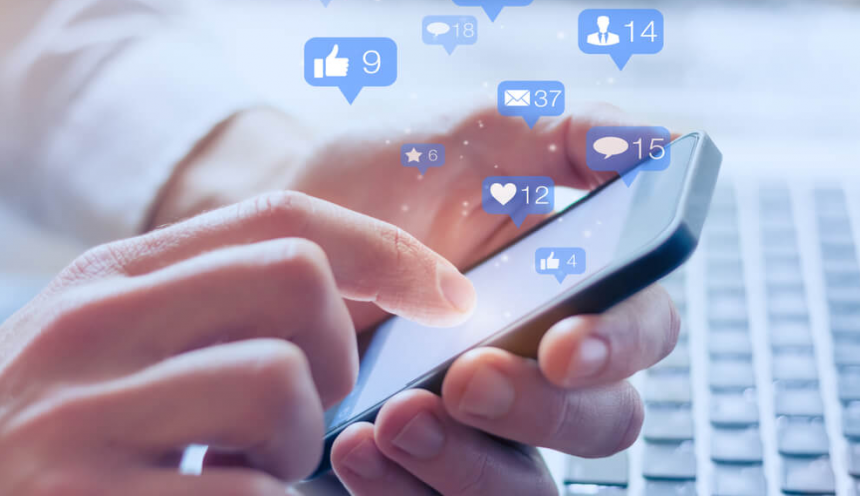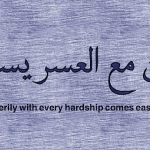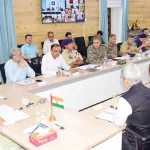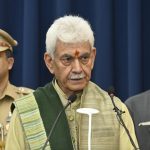During the early days of the COVID-19 pandemic, I was invited to speak at a significant event hosted by UNICEF. It was a high-level gathering with representatives from the United Nations, India’s Ministry of Health and Family Welfare, UNICEF, and leading media and radio professionals from across the country. We were discussing how to manage the growing health crisis, but while the world was focused on the physical virus, I felt it was important to speak about something else — something more silent, but equally dangerous.
I said then: “During this pandemic, we are facing one more pandemic — a content consumption pandemic.” At that time, it may have sounded like a bold statement. But today, it’s clear: that second pandemic is real — and we are in the middle of it.
Throughout COVID-19, we witnessed a flood of misinformation. Fake news about the virus, home remedies without scientific proof, false claims about vaccines, and wild conspiracy theories spread like wildfire. People were scared, and they turned to their screens for answers. But what they found was not always the truth.
To address this, I hosted a TED Circle under TEDxGoldenBridge, where we specifically focused on content consumption during crises. It became clear during those conversations that the way we consume information — and the lack of awareness around it — plays a major role in how fear and confusion spread. We don’t just face a virus of the body — we are facing a virus of the mind.
Misinformation is not just a digital problem. It is a threat to national security and to society itself. False narratives can create panic, fuel hate, damage reputations, disrupt harmony, and even incite violence. In times of political tension, like the current situation between India and Pakistan, fake news and propaganda can make things worse — not just online, but on the ground.
As someone who has worked in media for over a decade, I’ve seen how much power content holds. Today, content spreads faster than ever — often without filters, without facts, and without responsibility. In this flood, truth often drowns.
We are consuming more than we can process. Our phones are filled with updates, reels, tweets, and breaking news. But the problem is no longer access to information — it’s the quality of that information, and the way we process it.
This endless stream affects not just what we know, but how we feel. Anxiety, confusion, and emotional fatigue are now part of daily life for many. And a big reason is the kind of content we are consuming.
That’s why I believe mental health also begins with media hygiene. What we consume, we absorb. What we absorb, we believe. And what we believe shapes how we think, vote, behave, and live.
So, how do we deal with this content consumption pandemic?
It begins with awareness. We must slow down and ask questions before believing or sharing anything online. Is it verified? Where is it coming from? Is this emotionally charged content trying to influence me rather than inform me?
We must support and follow verified fact-checkers like PIB Fact Check and others. We must be active in checking before sharing, not just forwarding blindly. Fact-checking should become as normal as brushing your teeth — part of your everyday routine.
We must also learn to curate our content diet. Just like we choose healthy food for our body, we must choose healthy content for our minds. Unfollow pages that thrive on negativity, hate, or unverified claims. Follow institutions and voices that prioritize facts and context. That’s how we protect our mental space and our social unity.
And if you’re a content creator like me, here’s something I’ve learned after years of working with some of India’s biggest radio brands:
- It’s not just about what content you create. It’s about what you choose not to create.
The responsibility of choosing silence over sensationalism, of choosing facts over fame, and of choosing service over clicks — that’s what defines real impact in media today. - The content consumption pandemic is real. It is silent but serious. And we cannot afford to ignore it anymore. It won’t be cured by any vaccine or lockdown.
- The only cure is digital responsibility — from governments, media, platforms, and most importantly, from each one of us.
So next time you scroll, post, or share — pause. Ask yourself if you’re helping to inform, or adding to the noise. Because in this age of endless content, the real power lies not in creating more — but in creating better.
(The Author is a national award-winning radio broadcaster and media professional with over a decade of experience in Indian broadcasting. He hosts Kashmir’s first ever podcast “Mashq Records – Podcast”)








